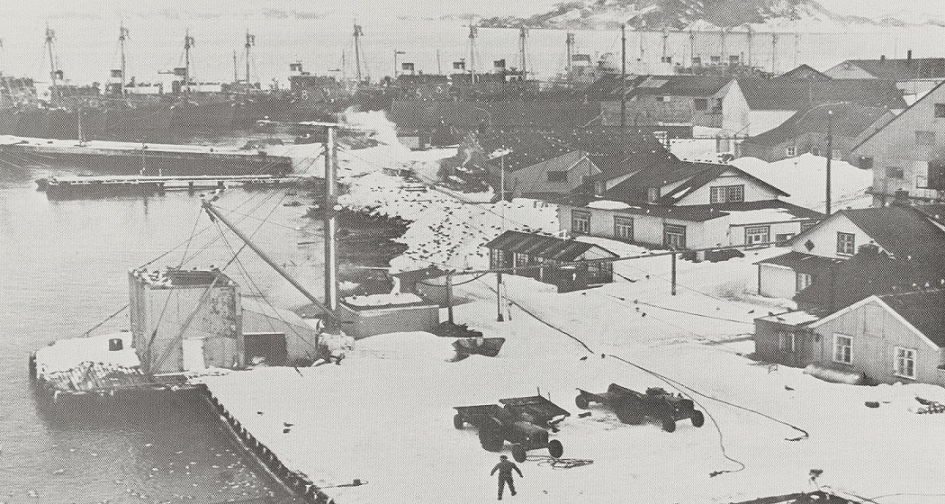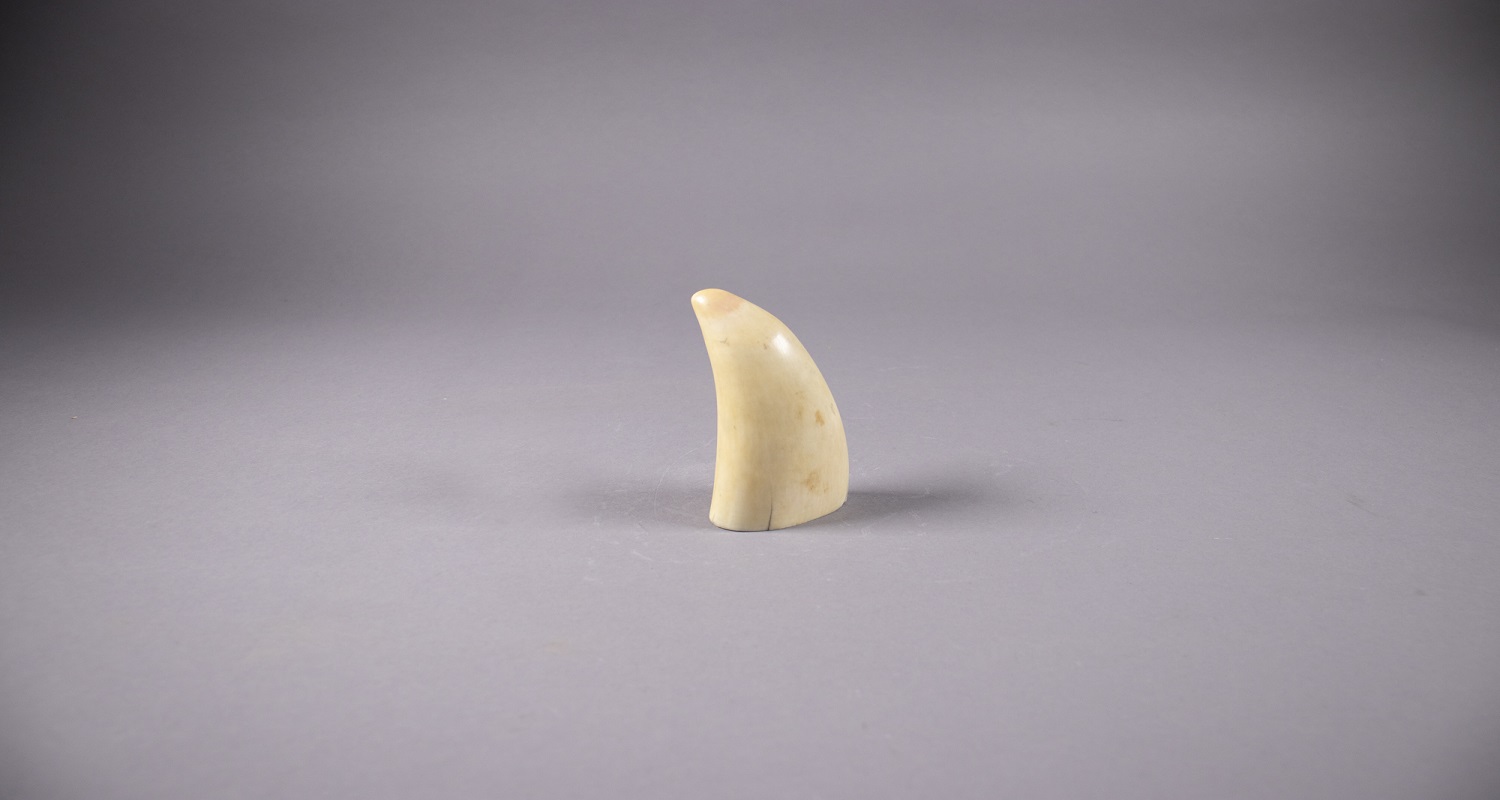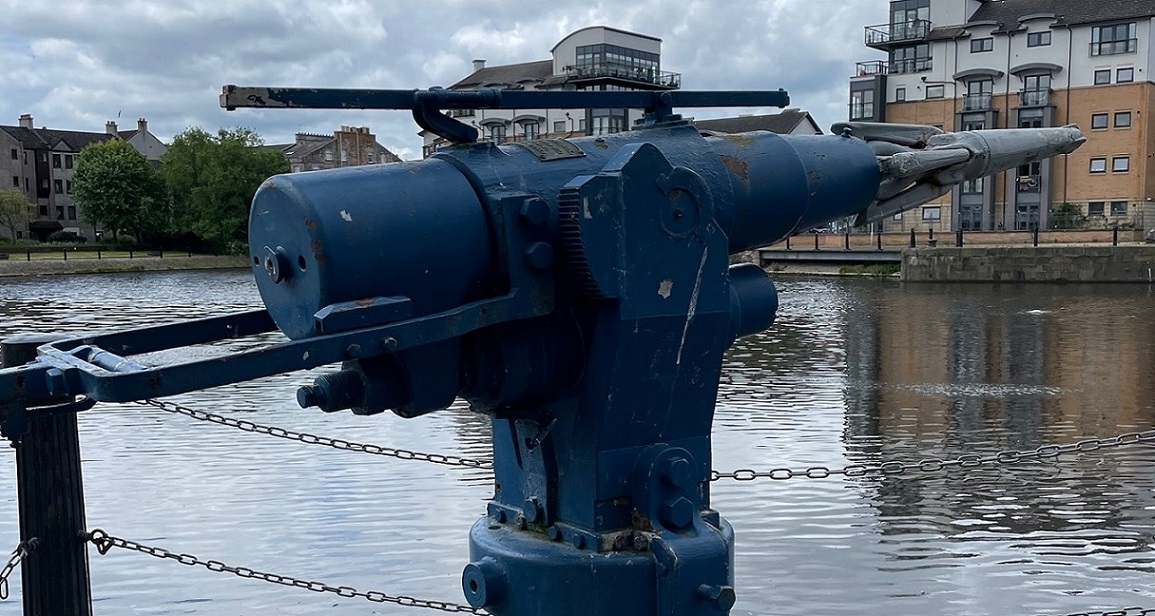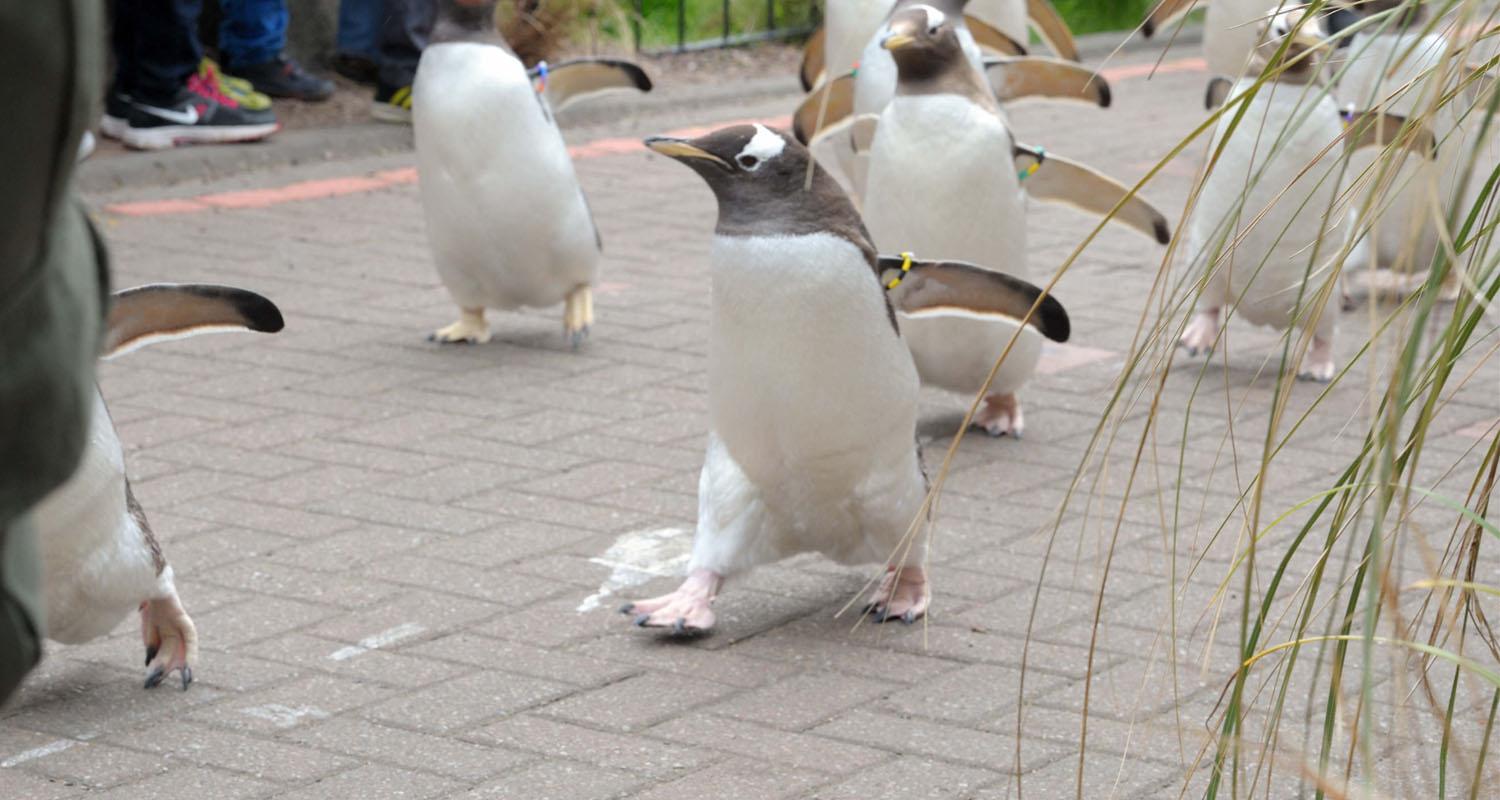We're continuing our series of blogs to mark Edinburgh 900. Here, we dive into the historic links between the port of Leith and the whaling industry with social history curator Vicky Garrington, and discover the forgotten story of a very special penguin delivery.
In 1913 the whaling boats of the Christian Salvesen company carried three King Penguins from the South Atlantic island of South Georgia to the port of Leith. They were destined for Edinburgh Zoo, becoming the first King Penguins to breed in the northern hemisphere. The sailors of the whaling fleet may have rarely brought back penguins, but they often brought home mementoes of their time in South Georgia. Our collections include whale teeth and the head of an exploding whale harpoon – relics of a gruesome but valuable industry.
When Christian Salvesen moved to Leith from Norway in the mid-19th century, there was a growing demand for whale products. Oil for lamps, baleen or whale ‘bone’ for clothing, and whale meat and other products for food were all booming markets. The Salvesen company saw the economic possibilities and used their experience in shipping to develop the world’s largest whaling fleet.
Whaling was undertaken in the Arctic and Antarctic regions, but by the early 20th century, the focus was on South Georgia and Christian Salvesen established the settlement Leith Harbour there. Houses, whale processing factories and services including a cinema and hairdresser were eventually built in this remote and weather-beaten location. Thousands of people lived in Leith Harbour during the whaling season.

Pick up a penguin
By the early 20th century, Salvesen was able to send a huge fleet out into Antarctic waters during the season. Two factory ships were crewed by hundreds of men who processed the dead whales, from ‘flensing’ their flesh to rendering their blubber down into oil. A series of supporting vessels accompanied the factory ships, tracking and catching the whales. Whale oil was the most important product to extract, but most parts of the whale were used, producing everything from corset bones to gravy granules.
The 1913 penguin delivery came at the height of Salvesen’s whaling success. As the 20th century wore on, the demand for whale products declined as alternative fuels were developed and concern grew about the effects of whaling on whale populations and the wider ecosystem. Whaling stopped for most countries in 1963 and Leith Harbour stopped operating in 1965.

In our Museums & Galleries Edinburgh collection we have three whale teeth collected from South Georgia. Their exact story is unknown, but they are likely to have been collected by whaling fleet workers as souvenirs. We also have the nose of an explosive whaling harpoon in our collection, reflecting the technology that was developed for catching whales with devastating efficiency. A complete exploding harpoon has been preserved at the Shore in Leith as a reminder of the industry which forms such a key part of the port’s history.
You can find out more about Christian Salveson and other notable Leithers in our walking tour podcast
You can find whaling collections and more at www.capitalcollections.org.uk
Edinburgh 900
2024 marks the 900th anniversary of King David I introducing a new system of local government into Scotland, and making Edinburgh a royal burgh. To mark this anniversary, we're exploring the different ways the city museums' collections can tell Edinburgh's story. We'll be following the 10 themes of the programme, so keep an eye out for new blogs as we discover more. You can hear more about some of the items in these blogs in the Edinburgh 900 lecture series at the City Art Centre.

